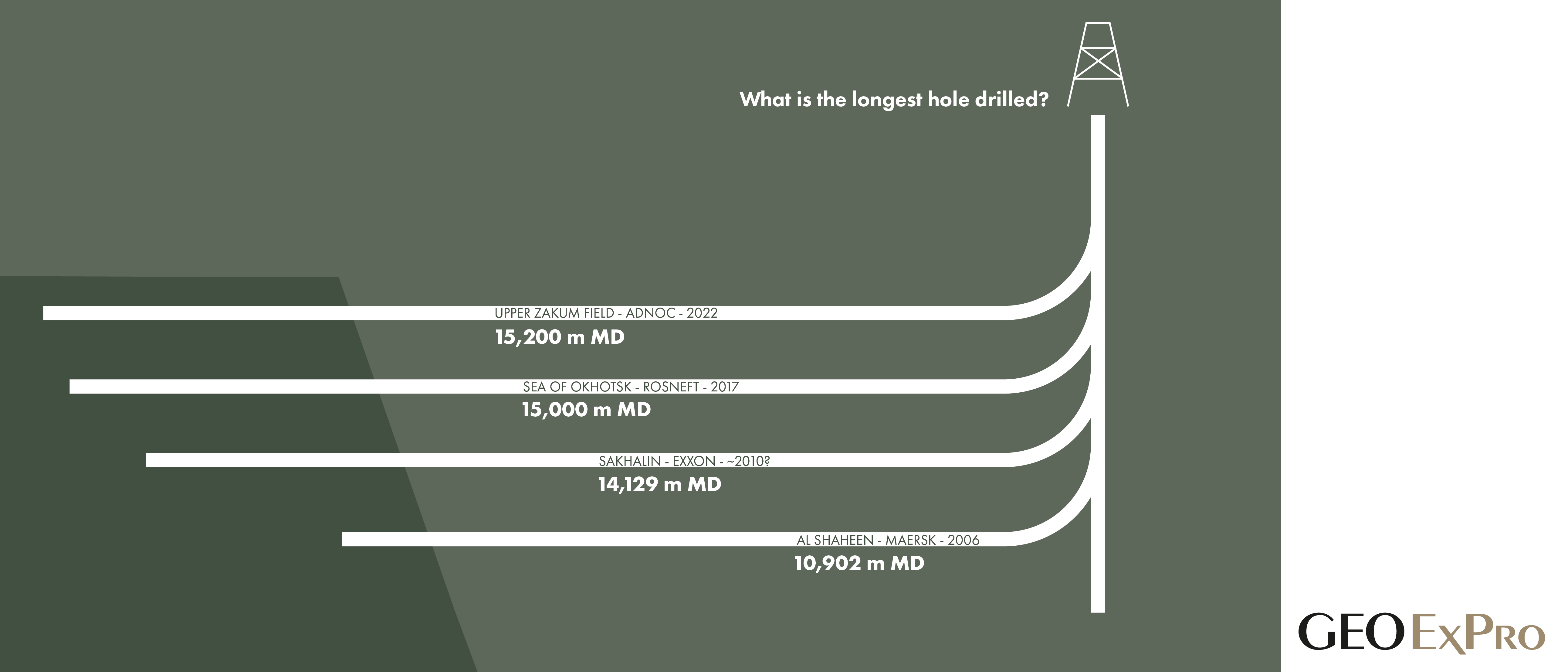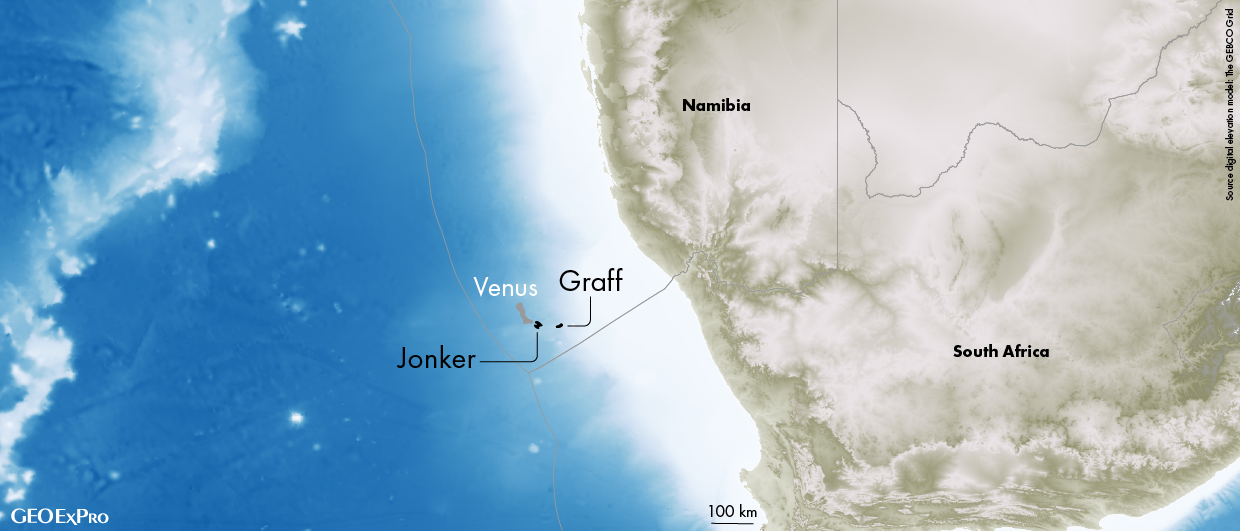As the magazine’s last issue of the year is now being printed, I have a bit of time to reflect on some of its content. That’s the advantage of being an editor; I may be the one who reads the magazine from A to Z, and the other way round.
One thing that struck me while pulling this issue together is the challenge companies face in multiple parts of the world to keep assets afloat due to long-term decline in production rates. I had to think about something I looked up a while ago; in terms of global oil and gas reserves the world may just have consumed around 50%, but that does not mean that the remaining 50% is just as easy to produce as the first half. It is rather the contrary, and the examples I came across whilst reading and writing the various articles for the magazine do reflect that.
We go to Bolivia first. This country enjoyed a long time of gas exports to Argentina and Brazil. Whilst it continues to do so, production has declined to a point where exports will soon cease to Argentina at least. But is it easy to just find new gas resources? No. To an important extent, it is the geology of Bolivia, being situated in the Andes foothills, that causes any exploration effort to be a costly exercise. Reservoirs are deeply buried, leading to high drilling costs, and seismic imaging is challenging.
The next example is from Saudi Arabia. Aramco recently announced the start-up of tight gas production from the Ghawar field. Gas production already took place from Ghawar, both non-associated and associated gas, but now the company is tapping into the tight gas sands below the Jurassic oil reservoir as well. As a result, gas production will go up, but at the same time, it is a reminder that the easy gas has been produced, even in Saudi Arabia.
I was made aware of drilling activity in Canada, in the oil sands in particular. If there is one area that clearly shows how mature assets are, it is the Peace River assets where oil production from the Bluesky Formation has taken place since the 1980’s. The image above testifies to this. The paler wells are the ones that were drilled during the first phase of development. Then came another company that drilled the areas between existing pads in order to squeeze out what remained. A very visual way to describe the hunt for remaining pay.
It is not only oil and gas assets that mature though. The same applies to geothermal. We will report on a study from Turkey where the development of new geothermal projects has stalled over the past couple of years. Why? The low-hanging fruit was picked, according to the researchers. It is not something you tend to hear from the geothermal community, especially when COP28 is on the go, but this is a reality and takes the message home that without further government support, the development of more chalenging geothermal plays may become difficult.
And then there is hydrogen. Will it be the silver bullet? I do not know yet. As Gold Hydrogen has finished drilling a second well in Australia, I hear reports of the hydrogen being just seeps rather than a genuine closure. If that is the case, it must certainly be a challenge to produce sufficient amounts to ultimately power a city like Adelaide.
Oil and gas will remain a solid part of the energy mix in the future, but let’s not forget that oil and gas resources also have their limits. It is a picture that is not often told in the media, because of obvious reasons. But looking around the world at how companies are already embarking on unconventional drilling and production, it should be clear that also from that perspective the energy transition is not only required because of the climate, it is also required because easy oil and gas is getting harder to find.





